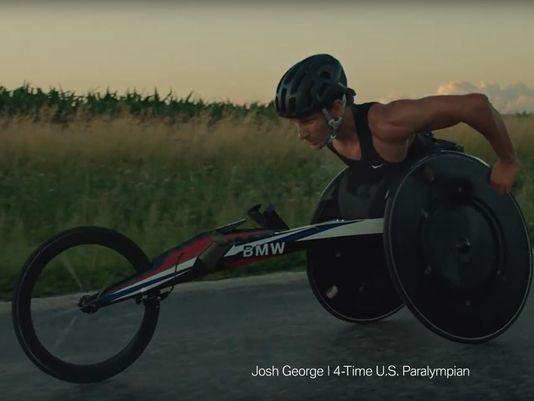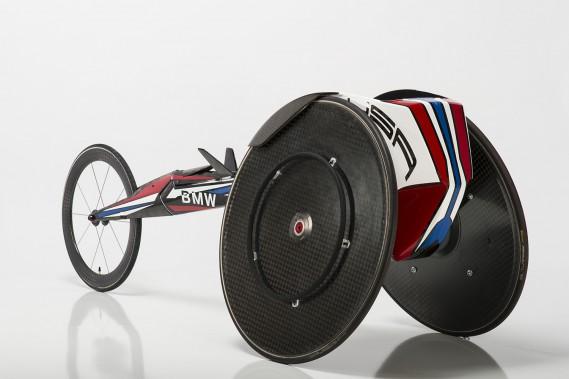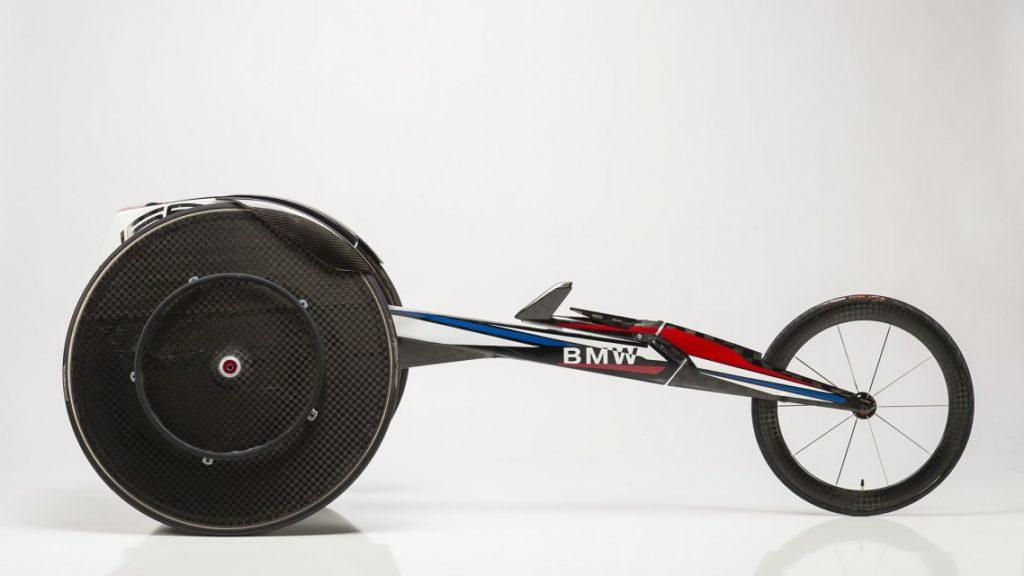 In just a few days, the 2016 Summer Olympics will be kicking off in Rio de Janeiro. A few weeks after they’re over, the city will host the 2016 Paralympics, which will be commencing on September 7 and running until September 18. The Paralympics, which include multiple wheelchair-oriented events such as racing, dance, basketball, tennis and fencing, are just as competitive as the Olympics, and the assistive technology used by athletes grows more impressive each year.
In just a few days, the 2016 Summer Olympics will be kicking off in Rio de Janeiro. A few weeks after they’re over, the city will host the 2016 Paralympics, which will be commencing on September 7 and running until September 18. The Paralympics, which include multiple wheelchair-oriented events such as racing, dance, basketball, tennis and fencing, are just as competitive as the Olympics, and the assistive technology used by athletes grows more impressive each year.
This year, 3D technology will play a large role in the Paralympics, as cyclist Denise Schindler becomes the first athlete to race with a 3D printed prosthetic device, and the US Paralympics Track and Field team hits the track in sleek, aerodynamic racing wheelchairs designed using cutting-edge 3D scanning and printing technology. BMW Designworks collaborated with the team to design racing chairs custom-fitted to each athlete so that each device becomes less of a separate vehicle and more of an extension of the body.
DesignworksUSA, the creative consultancy for automotive manufacturer BMW, is an Official Mobility Partner of the United States Olympic Committee, and in 2014 their bobsled design helped the US bobsled team take three medals at the Winter Olympics in Sochi. The racing wheelchairs they designed this year aren’t visibly much different than chairs used in past events, but the alterations are both subtle and huge at the same time.
Designworks began by 3D scanning one of the athletes in his wheelchair, then creating 3D computer models that could simulate changes in aerodynamics. The 3D modeling was an attempt to find ways to reduce drag, which they were able to do by about 15%, simply by making small, subtle changes to the wheelchairs’ frames.
“It’s not necessarily a revolution for these guys, but you want to give them every little edge,” said DesignworksUSA Associate Director Brad Cracchiola in an interview with Fast Company. “If they’re pushing into a headwind, or they hit a hill at 45 miles per hour, at those points, they’re in a tucked position trying to get as much speed as they can.”
 A full-body scan of each athlete allowed Designworks to design wheelchairs that are perfectly tailored to the body of each racer, with custom form-fitted seats along with durable, lightweight, custom 3D printed gloves. The idea, said Cracchiola, isn’t to give the US team fancy new performance-enhancing technology, but to keep the equipment from getting in the way of the athletes’ natural skill.
A full-body scan of each athlete allowed Designworks to design wheelchairs that are perfectly tailored to the body of each racer, with custom form-fitted seats along with durable, lightweight, custom 3D printed gloves. The idea, said Cracchiola, isn’t to give the US team fancy new performance-enhancing technology, but to keep the equipment from getting in the way of the athletes’ natural skill.
“There’s an interesting psychology to all of this,” he said. “The comfort of your equipment, the repeatability—when you have that mold, you know how it’s going to feel every time. And that’s one less thing for them to think about.”
The new wheelchairs were crafted out of carbon fiber instead of the more traditional aluminum. Carbon fiber gives the vehicle’s body an extra stiffness that helps to absorb shock and also to keep the wheels properly aligned. While the differences between the new wheelchairs and the old may be subtle, they’re likely to have a big impact on the performance and comfort of the athletes who use them. We’ll get to see them firsthand when the Paralympics commence next month; until then, you can check one of them out in this recently released commercial from BMW, featuring Paralympic racer Josh George. Discuss further in the 3D Printed Paralympics Wheelchair forum over at 3DPB.com.
https://youtu.be/6IlgxHJ8b3Q
Subscribe to Our Email Newsletter
Stay up-to-date on all the latest news from the 3D printing industry and receive information and offers from third party vendors.
You May Also Like
Gorilla Sports GE’s First 3D Printed Titanium Cast
How do you help a gorilla with a broken arm? Sounds like the start of a bad joke a zookeeper might tell, but it’s an actual dilemma recently faced by...
Nylon 3D Printed Parts Made More Functional with Coatings & Colors
Parts 3D printed from polyamide (PA, Nylon) 12 using powder bed fusion (PBF) are a mainstay in the additive manufacturing (AM) industry. While post-finishing processes have improved the porosity of...
$25M to Back Sintavia’s Largest Expansion of Metal 3D Printing Capacity Since 2019
Sintavia, the digital manufacturing company specializing in mission-critical parts for strategic sectors, announced a $25 million investment to increase its production capacity, the largest expansion to its operations since 2019....
Velo3D Initiates Public Offering in a Bid to Strengthen Financial Foundations and Drive Future Growth
Velo3D (NYSE: VLD) has been among a number of publicly traded 3D printing firms that have attempted to weather the current macroeconomic climate. After posting a challenging financial report for 2023,...






























